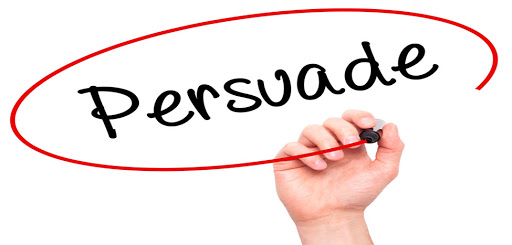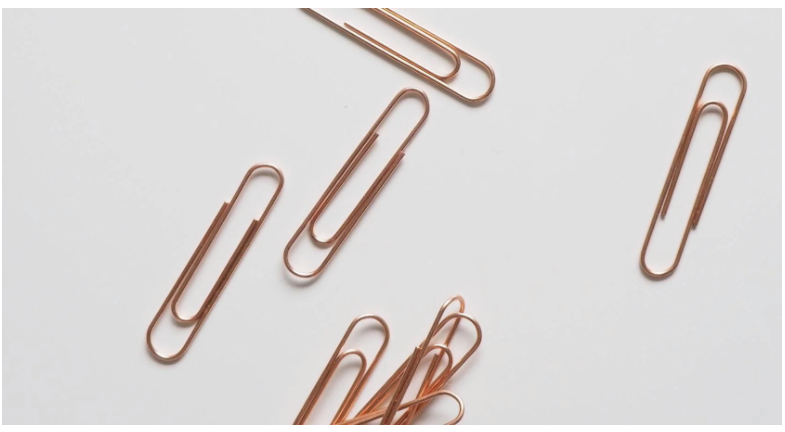Your slides should tell a story
We have all been in that situation. A situation of attending a boring presentation, talk or seminar. The diapositive is filled with text and every word is read by the presenter. There are many maps, charts and equations to fill a book with trigonometry, and each screen is beautifully coloured. The lists become longer as the talk drags on. "We 're doing this, this, this, and this, and oh yeah. "Everybody needs it to be done in the crowd, sadly. This is a major chance for a company, and developers can be involved in the problem.
No, it is no shame for us if a host is unprepared or uninspiring but we have failed when we treat our customers as nothing but fancy lists. See, stories are presentations, not lists; stories are organized. We lead to a moment of effect and generate a wave of energy that changes the expectations and preconceptions of people. Good stories are not boring and decent presentations are not decent either. It's important to ask before we go any further, though, why there are presentations first. What is their aim? How useful are they?
People need to give presentations to:
INFORM
Presentations convey new and sometimes life-changing knowledge to the audience.
INSPIRE
Well-crafted presentations have the ability to excite emotions which can affect the actions of an audience.
ENTERTAIN
When properly performed, presentations will captivate the imagination of an audience, and lead them to understand the importance of what they are learning.
PERSUADE
In the end, slides make an appeal to the intuition, feelings, or both of an audience in an effort to convince the audience to act on the presenter's mutual opportunity.

ACTIVATE
Slideshows gear up people to act upon their inner feelings, thoughts, ideas and internal analysis.
For this type of strength, designers cannot afford to treat presentations as "just another list." They cannot use the same formulaic models or neglect to inform our consumers about the value of high-quality image materials. Instead, we need to see slideshow design as an opportunity to build a compelling story that will give our customers big wins.
Compiling a compelling narrative
These days "storytelling" is everywhere. Social networking sites cleverly marketed the illusion that every message, picture, and interaction is part of an ongoing tale, but most of what we call "stories" are loosely connected moments bound together by time and technology happenings.
So what separates narrative from the story? Why do they respond to one another and how do they differ? Perhaps most importantly, how can they add themselves to a convincing presentation? One story is time-bound. It's got a beginning , a middle and a fin. This lists things, and directs them to create significance. Stories refer to concrete achievements in a setting, and encourage action—"We did this, and it was awesome! A plot isn't time-dependent. It connects moments and incidents separately to a central theme but does not pursue a resolution. The story of a presentation incorporates the past, present, and future—"where we come from. Where we stand. Where we're going ". How does the detail impact the designer of the presentation?
Here is an example which is simple and realistic. You have a client who makes amazing paper clips that can easily return back to their original shape, no matter how twisted they are. They ask you to design a presentation that highlights this USP and their dream of the business "to change the world of office products forever." How would you start?

Starting with the narrative
A presentation's primary focus is the plot. In this case, you 'd shape the presentation around the dream of your client's company to change the future of office goods forever.
Advance the narrative with the script
Using short stories that discuss obstacles, changes, positive wins and everyday life. Perhaps the research and development department of the paper clip company experienced various challenges before a time when mass manufacturing was cheaper than conventional paper clips.
Using stories like this as brush strokes on a canvas that lead to a more full image of the story.
Better visuals support stories
Here are the simple but astounding slides you make. In this scenario, you might display a simple graph comparing the cost of production of conventional paper clips with the creative paper clips of your client. And to ensure that you improve the plot, you might add a short title to the slide: "Play. Changed. "Changed."
An overly enthusiastic presentation filled with constructive facts actually crashes and sweeps away the excitement. Each rosy perspective has less effect than the previous one. Everything the audience hears before long is, "Fine, great, best. We 're like everyone else.
An efficient presentation designer explores how an audience can create internal conflicts. It means that they feel the weight of a problem and are constantly looking for a solution. The ying and yang problem and solution is the true north of the presentation layout, the key to all knowledge in a folder. One tried and tested way to maintain a healthy positive/negative balance is to hold details without overly dramatic presentation. For example, in our paper clip case, this could mean to commit one or two extra slides to research and development. Such slides will show the production costs that are soon to be announced and generate excitement without actually presenting figures.
Then, when the cost comparison chart is actually revealed, the viewer really looks forward to the details they contain and the rewards are much more satisfying and unforgettable.

